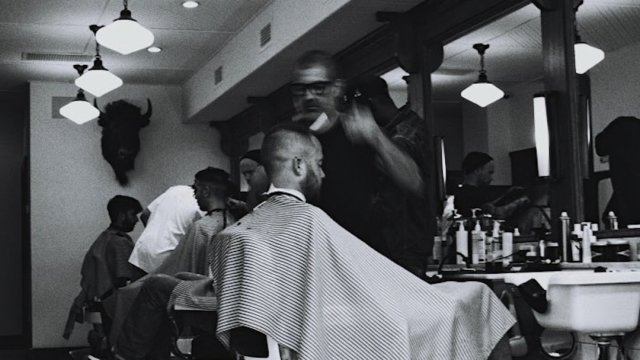Understanding the intricacies of hair care is essential for maintaining healthy, vibrant locks. The subtleties involved in hair care can often be overlooked, yet they play a crucial role in achieving the desired look and feel of your hair. By recognizing these nuances, individuals can tailor their hair care routines to meet their specific needs, ultimately enhancing the overall health and appearance of their hair.
Understanding Different Hair Types and Their Unique Needs
One of the first steps in hair care is understanding your hair type. Hair can be categorized into several types, including straight, wavy, curly, and coily. Each type has its own unique characteristics and care requirements. For instance, straight hair may require lighter products to avoid weighing it down, while curly hair often benefits from heavier creams that provide moisture and definition.
Additionally, hair thickness and porosity are also important factors to consider. Fine hair may become oily more quickly, necessitating more frequent washing, while coarse hair can be more resistant to moisture absorption. Identifying these characteristics allows for a more customized approach to hair care, taking into account the specific needs and challenges posed by your hair type.
Innovative Hair Care Techniques: From Scalp Treatments to Oil Infusions
Incorporating innovative techniques into your hair care routine can significantly improve hair health. Scalp treatments, for example, have gained popularity for their ability to promote a healthy environment for hair growth. Regular exfoliation of the scalp can help remove dead skin cells and product buildup, allowing hair follicles to thrive. Natural oils such as jojoba and tea tree oil can be massaged into the scalp to enhance circulation and provide nourishment.
Oil infusions are another effective technique. Using oils like argan, coconut, or olive oil can deeply moisturize hair and improve elasticity. These oils can be applied as a pre-wash treatment or a leave-in conditioner, depending on the desired effect. Experimenting with different oils and application methods can help you discover what works best for your unique hair type and texture.
The Role of pH Balance in Hair Health and Product Selection
Understanding the pH balance of hair products is another essential aspect of hair care subtleties. Hair has a natural pH level of around 4.5 to 5.5, which helps keep the cuticles closed and protects the inner structure of the hair. Using products with a pH that is too high can lead to cuticle damage and frizz, while too low a pH may not provide adequate cleansing.
Selecting hair care products that match your hair’s natural pH can enhance its health and appearance. Look for shampoos and conditioners that explicitly state their pH balance, and consider incorporating acidic rinses, such as diluted apple cider vinegar, to help maintain the hair’s optimal pH level. This practice can not only improve shine but also help prevent damage caused by environmental factors.
| Hair Type | Key Characteristics | Recommended Products |
|---|---|---|
| Straight | Fine to medium texture, oily roots | Lightweight conditioners |
| Wavy | Loose curls, prone to frizz | Curl-enhancing creams |
| Curly | Defined curls, dry ends | Moisturizing creams |
| Coily | Tight curls, very dry | Heavy oils and butters |
In conclusion, understanding the hair care subtleties is vital for anyone looking to enhance their hair’s health and appearance. By recognizing the unique needs of different hair types, experimenting with innovative techniques, and maintaining an appropriate pH balance, individuals can significantly improve their hair care routines. Embrace these insights and feel free to adjust your practices as necessary. Your hair will thank you for it!

